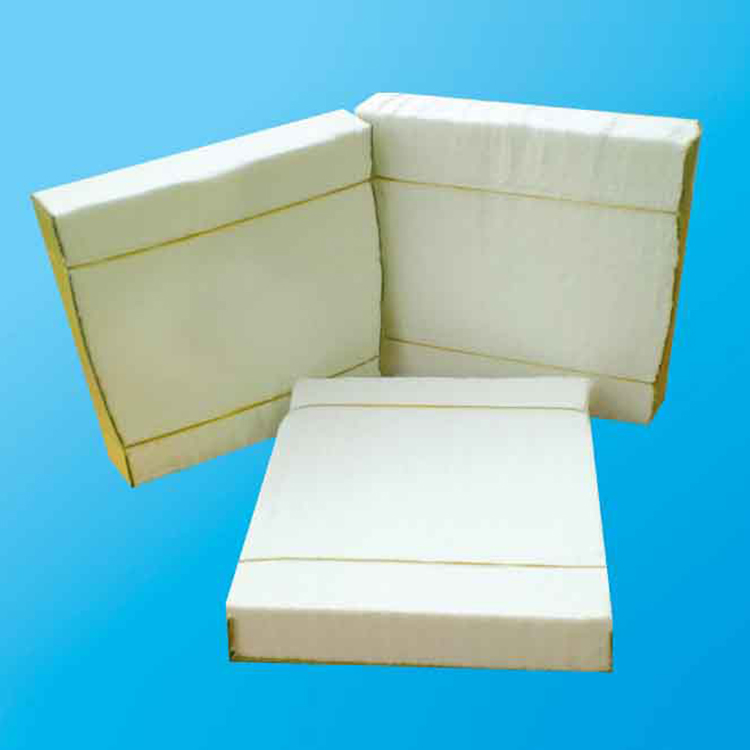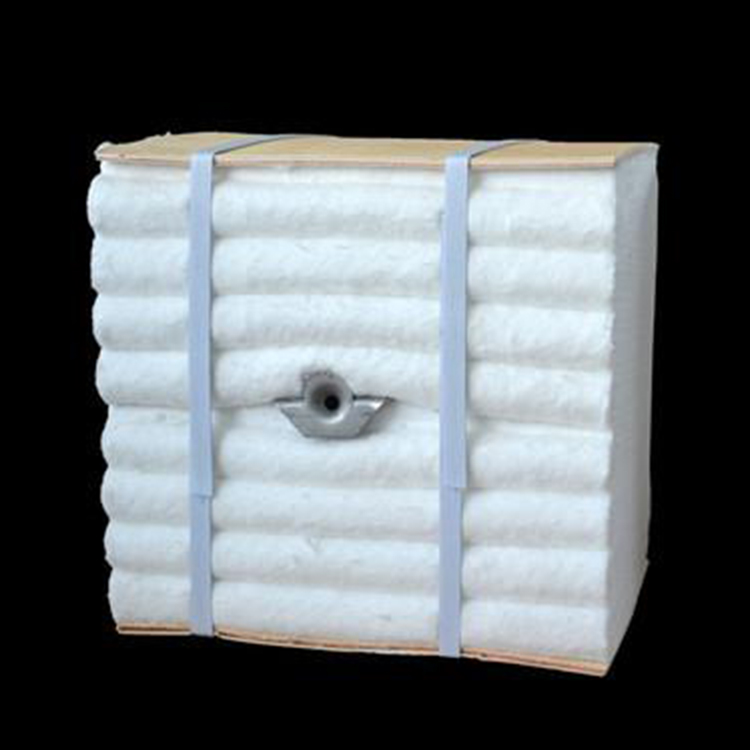
In the steel industry, the problem of overheating steel ladle shells is a common and pressing concern. High temperatures of the steel ladle shell not only pose a significant threat to production safety but also result in substantial energy waste. This article aims to delve into this issue, explore the limitations of traditional insulation materials, and introduce a revolutionary solution - the Sunrise Vermiculite Steel Ladle Insulation Board.
Traditional insulation materials, such as refractory bricks and thick felts, have long been used in steel ladles. However, they come with several inherent drawbacks. In terms of thermal stability, refractory bricks often crack under rapid temperature changes, reducing their insulation effectiveness. Thick felts, on the other hand, may lose their shape and insulation properties over time due to high - temperature exposure.
In terms of sealing performance, these traditional materials may not provide a tight seal, allowing heat to escape. Regarding thermal conductivity, they generally have relatively high thermal conductivity, which means more heat is transferred through the insulation layer. For example, refractory bricks may have a thermal conductivity of around 1.5 - 2.0 W/(m·K), while thick felts can have a thermal conductivity of 0.2 - 0.3 W/(m·K), both of which are not ideal for efficient insulation.

The Sunrise Vermiculite Steel Ladle Insulation Board stands out as an ideal choice for the third - layer insulation of steel ladles. It features a low thermal conductivity, typically around 0.05 - 0.1 W/(m·K), which is significantly lower than traditional materials. This low thermal conductivity helps to reduce heat transfer from the molten steel to the ladle shell, effectively controlling the shell temperature.
Moreover, it has high refractoriness, capable of withstanding extremely high temperatures without significant deformation or loss of insulation properties. It also has excellent resistance to chemical erosion, which is crucial in the harsh environment of steelmaking. With these properties, it can provide long - term and reliable insulation for steel ladles.
Let's take a look at a real - world application in a steel mill. After installing the Sunrise Vermiculite Steel Ladle Insulation Board, the steel mill achieved remarkable results. The temperature of the ladle shell decreased by up to 50°C. This significant temperature reduction not only improved production safety but also led to substantial energy savings.
In terms of energy savings, the steel mill was able to save approximately 10 - 15 tons of standard coal per month. This not only reduced energy costs but also contributed to a more sustainable production process. Additionally, the improved insulation also enhanced the safety of the steelmaking process by reducing the risk of shell overheating and potential accidents.

"The Sunrise Vermiculite Steel Ladle Insulation Board has been a game - changer for our steel mill. It has significantly reduced our energy consumption and improved the safety of our production process. We highly recommend it to other steel enterprises." - A satisfied customer from a steel mill
For the installation of the Sunrise Vermiculite Steel Ladle Insulation Board, it is important to ensure a tight fit. The boards should be installed in a staggered pattern to prevent heat leakage through joints. During installation, the surface of the ladle should be clean and dry to ensure good adhesion.
In terms of daily inspection, a regular inspection schedule should be established. Inspectors should check for any signs of damage, such as cracks or delamination. If any abnormalities are found, immediate measures should be taken to repair or replace the damaged parts. For example, if a crack is detected, it can be repaired using a suitable refractory mortar.
| Inspection Item | Inspection Frequency | Abnormal Handling Method |
|---|---|---|
| Surface damage | Once a week | Repair or replace damaged parts |
| Joint integrity | Once a month | Seal joints if necessary |
In today's context of increasing environmental awareness, the Sunrise Vermiculite Steel Ladle Insulation Board plays an important role in supporting the green transformation of the steel industry. By reducing energy consumption, it helps to lower carbon emissions. For example, the monthly coal savings of 10 - 15 tons can lead to a significant reduction in carbon dioxide emissions.
This not only meets the regulatory requirements for environmental protection but also enhances the corporate image of steel enterprises. It is a key step towards achieving the goal of green smelting and sustainable development in the steel industry.

Ready to revolutionize your steelmaking process with the Sunrise Vermiculite Steel Ladle Insulation Board? It can significantly reduce energy consumption, improve safety, and support your green transformation. Click here to learn more!


